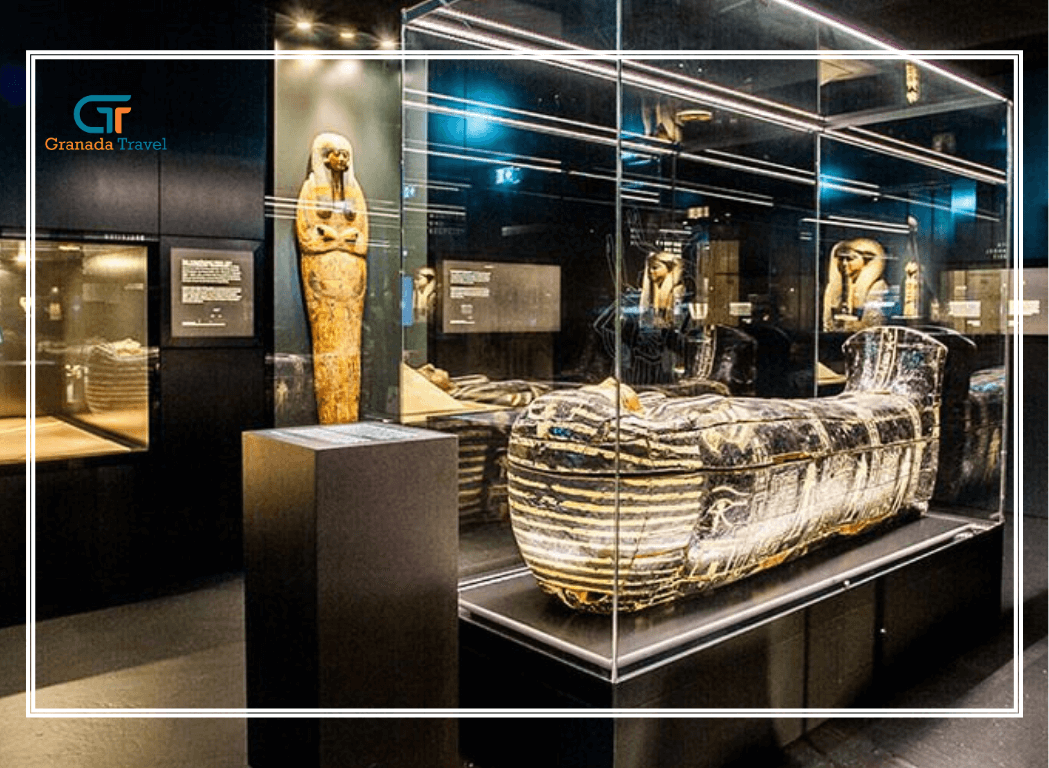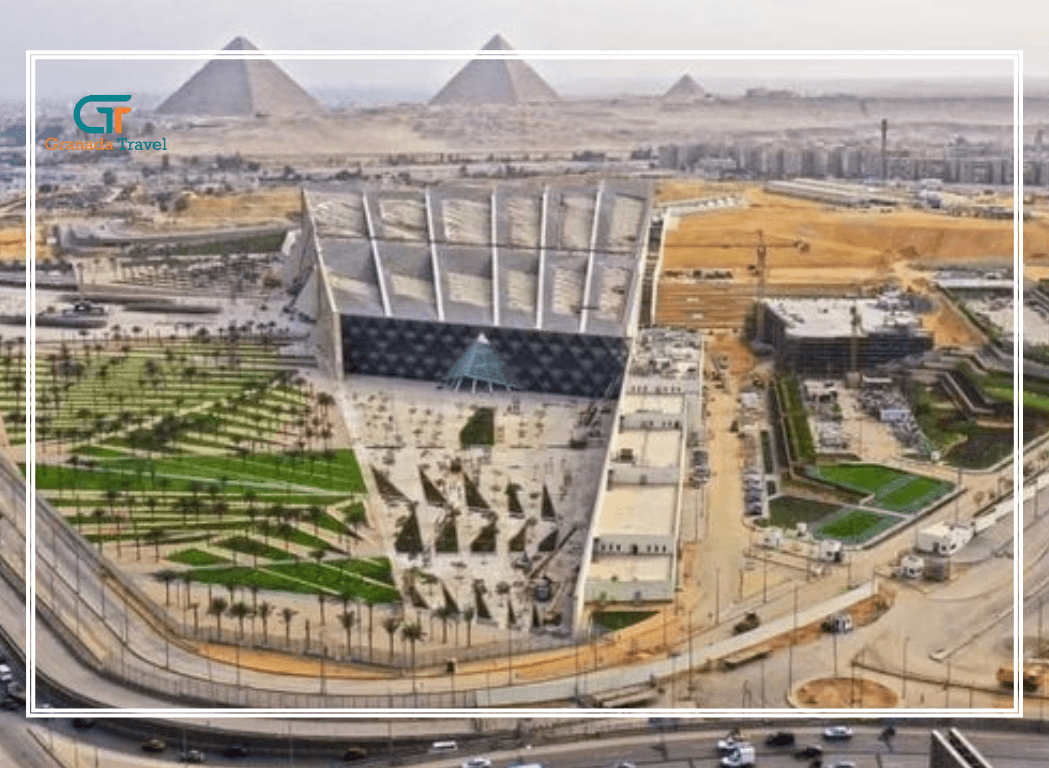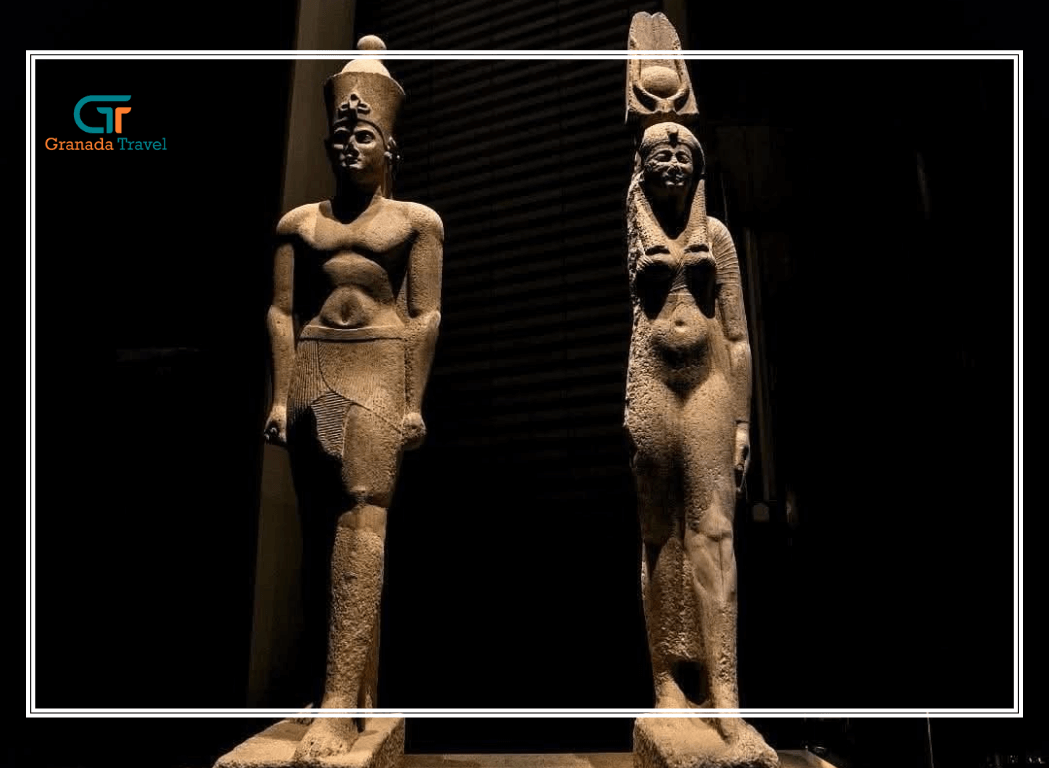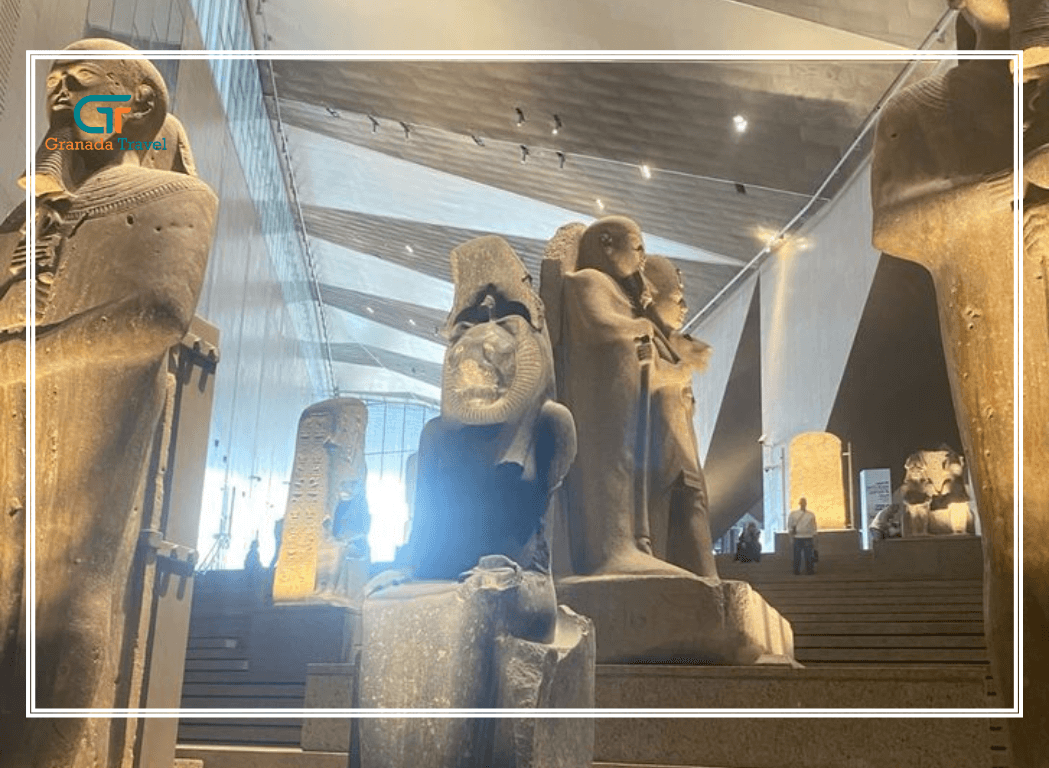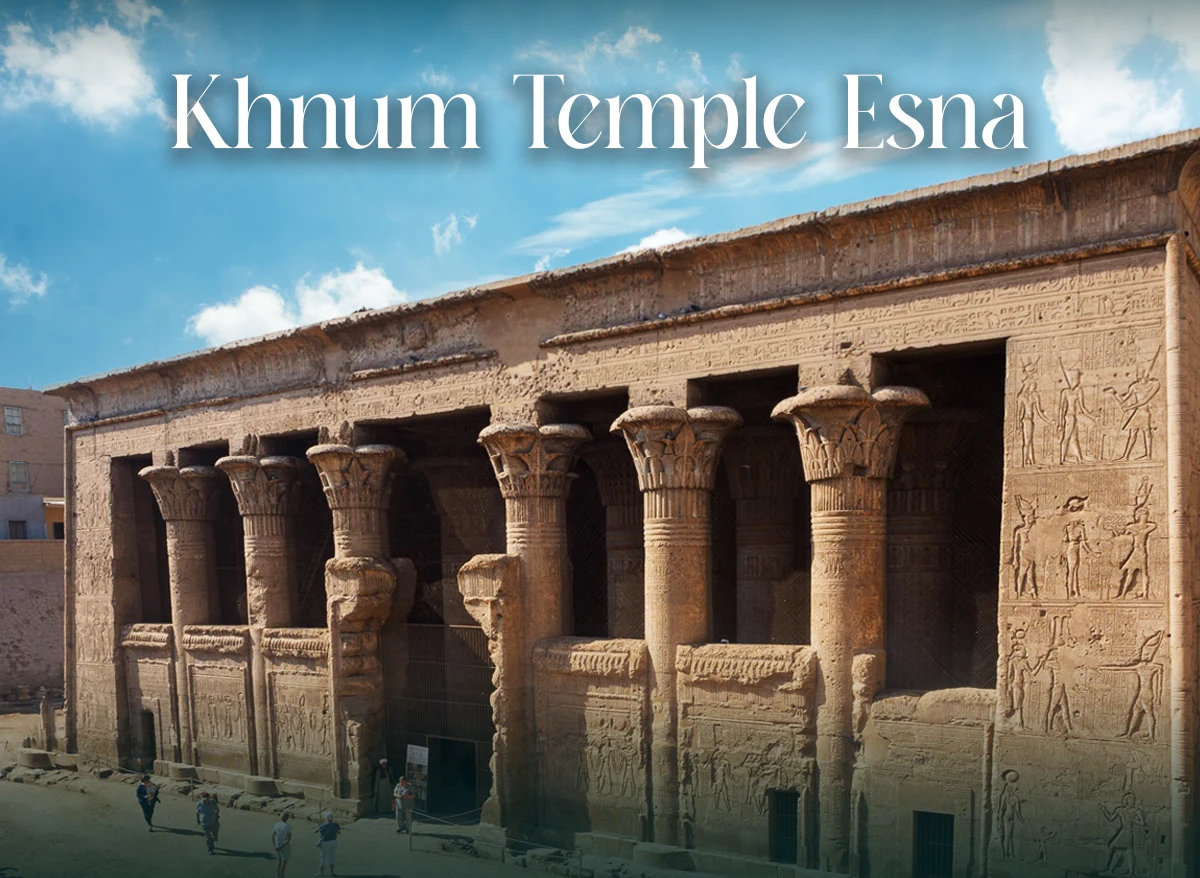
Khnum Temple Esna: A Jewel Re-Emerging from the Sands of Time
Egypt, a land steeped in millennia of history, continues to unveil its secrets, one remarkable discovery and restoration at a time. Among the myriad of ancient wonders that dot its landscape, the Khnum Temple Esna stands as a testament to the enduring power of Pharaonic belief and artistic mastery. For too long overshadowed by its more famous counterparts, this stunning edifice, located in the bustling Upper Egyptian town of Esna, is now reclaiming its rightful place as a must-visit destination for anyone seeking to delve deeper into the rich tapestry of Egyptian antiquity.
[cta-actions]
Khnum Temple Esna: More Than Just a Facade
Often referred to simply as the Temple of Esna, this magnificent structure is dedicated primarily to Khnum, the ram-headed creator god, often depicted fashioning humanity on his potter's wheel. While the temple's forecourt is the most prominent and best-preserved section, its grandeur hints at a much larger complex that once stood proudly on the banks of the Nile.
Unlike many other Egyptian temples, the Khnum Temple Esna offers a unique glimpse into the Roman period of Egyptian history, showcasing a fascinating fusion of indigenous Egyptian religious practices and the influence of the Roman Empire.
Construction on the current temple began during the Ptolemaic period but much of what we see today, particularly the elaborate decorations and inscriptions, dates to the Roman era, spanning from the reign of Emperor Claudius (41-54 AD) to Decius (249-251 AD). This makes it a crucial site for understanding the syncretic nature of religion and culture during this transitional epoch.
The Temple of Khnum at Esna: A Masterpiece of Astronomical Artistry
One of the most captivating features of the Temple of Khnum in Esna is its remarkably preserved astronomical ceiling. This celestial map, adorned with constellations, planets, and zodiacal signs, is a breathtaking display of ancient Egyptian astronomical knowledge and artistic skill. The Esna Temple Zodiac, in particular, offers a direct link to the astronomical beliefs of the time, mirroring similar depictions found in other Ptolemaic and Roman-era temples. These intricate carvings not only served a religious purpose but also provided a practical guide to the heavens, vital for agricultural cycles and religious festivals.
The vibrant colours, miraculously retained in many sections of the ceiling thanks to centuries of protective sand, transport visitors back to a time when the night sky was an open book, deeply intertwined with the daily lives and spiritual understanding of the Egyptians. Exploring these cosmic narratives within the serene confines of the temple is an experience that truly transcends time.
[cta-actions]
Esna Temple Restoration: A Triumph of Conservation
For many years, the Ancient Temple of Esna was partially buried under centuries of debris and modern buildings, with only its majestic hypostyle hall visible. However, a monumental effort of Esna Temple Restoration has been underway, spearheaded by a joint Egyptian-German archaeological mission. This meticulous work has not only involved the removal of layers of grime and soot that obscured the temple's intricate details but also the careful cleaning and conservation of its vibrant polychromy.
The results of this ongoing restoration are nothing short of spectacular. What was once a muted, smoke-stained edifice has been transformed into a riot of colour, revealing previously hidden hieroglyphs and divine scenes in astonishing clarity. This dedication to preserving Egypt's heritage ensures that future generations can marvel at the artistry and devotion of those who built this sacred space. The stunning Esna Temple photos that have emerged from this restoration project are a testament to the incredible transformation and offer a tantalizing glimpse of its former glory.
Beyond the Facade: Unearthing Esna's Rich History
While the Khnum Temple Esna is undoubtedly the crown jewel of the town, Esna itself boasts a fascinating history. As a significant trading post and religious centre throughout antiquity, it played a vital role in connecting Upper and Lower Egypt. Its strategic location on the Nile made it a natural hub for commerce and pilgrimage.
The temple's inscriptions provide invaluable historical data, detailing the reigns of various pharaohs and Roman emperors, as well as offering insights into the rituals and festivals performed within its sacred precincts. These textual records, combined with archaeological findings, paint a vivid picture of life in ancient Esna.
Planning Your Visit to the Temple at Esna
Visiting the Khnum Temple Esna offers a more intimate and less crowded experience compared to some of Egypt's more famous sites. Its relatively compact size allows for a thorough exploration of its details, giving visitors ample time to absorb the atmosphere and appreciate the intricate artistry.
As you wander through the grand columns and marvel at the celestial ceiling, take a moment to reflect on the continuity of history that this temple represents. From its earliest foundations to its Roman embellishments, the Khnum Temple Esna serves as a powerful reminder of Egypt's enduring legacy.
For those planning an extensive tour of Egypt's ancient wonders, consider linking your visit to Esna with other significant sites. Explore the magnificent temples of Thebes Egypt, including the Karnak and Luxor complexes. Delve into the architectural marvels of the Habu temple, another exceptionally well-preserved temple complex. And for a glimpse into a revolutionary period of Egyptian history, discover the unique archaeological site of El Amarna Egypt, the short-lived capital of Akhenaten.
The Khnum Temple Esna is no longer a hidden gem but a radiant star in Egypt's archaeological firmament. Its ongoing restoration continues to reveal new wonders, making every visit a fresh and enriching experience. Don't miss the opportunity to witness the vibrant rebirth of this extraordinary ancient temple.
[cta-actions]

